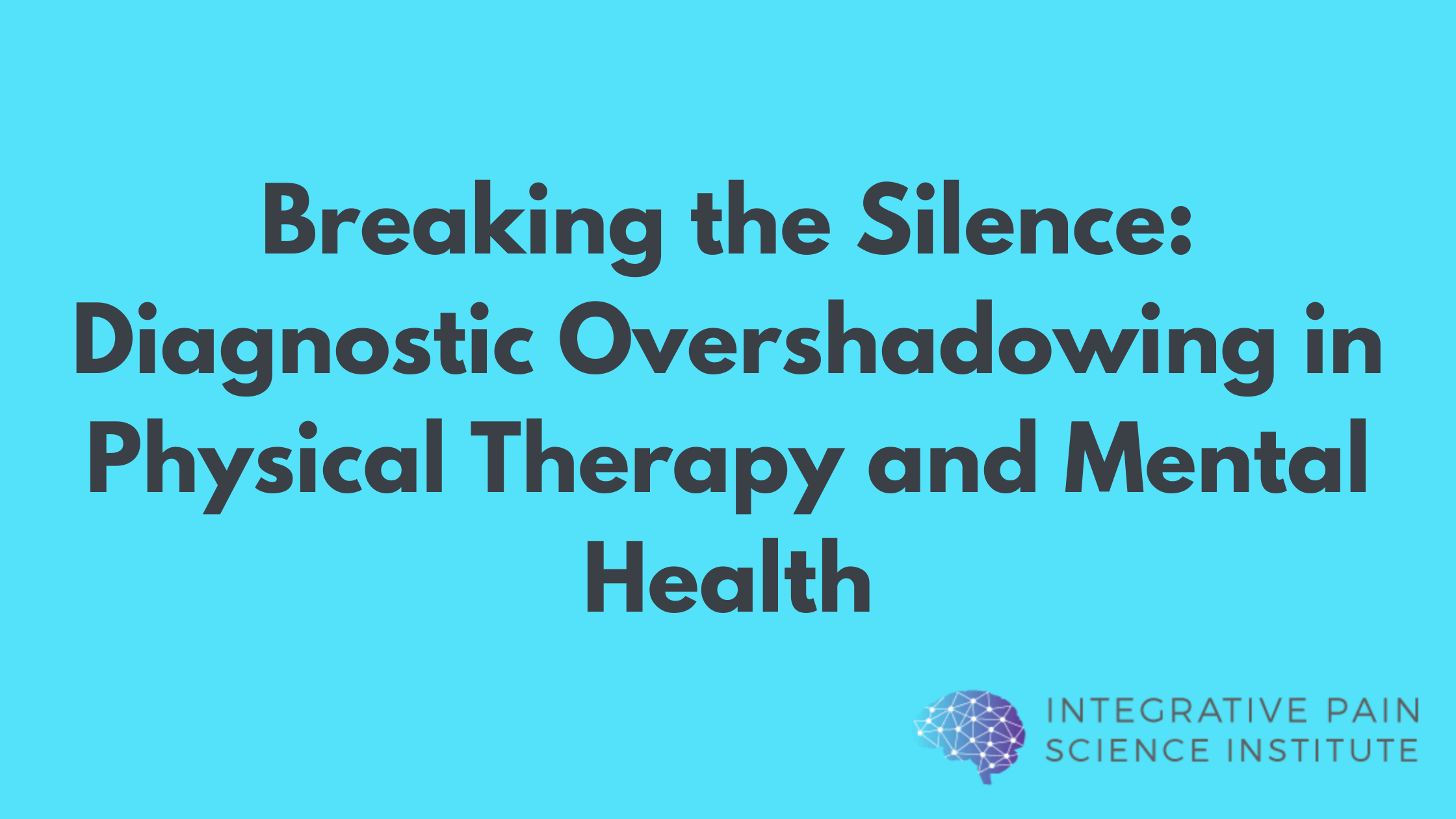Improving physical therapy results with nutrition-pain connection.
We’ve obviously come a long way since the time of the ancient Greeks. But, sometimes words from long-ago scholars like Hippocrates (referred to by many as the “Father of Medicine”) can serve as wonderful reminders that the path to good health includes not just movement, and not just diet, but a combination of both.
“If we could give every individual the right amount of nourishment and exercise, not too little and not too much, we would have found the safest way to health,” he was credited as saying.
No statement could ring truer today when it comes to health care.
Fact is, we’re living in a time of greater awareness in the way society views health care and the actual effectiveness of “quick solutions” (i.e., prescription medications) when it comes to issues of pain.
“If we could give every individual the right amount of nourishment and exercise, not too little and not too much, we would have found the safest way to health,” Share on XMore people are looking for more natural, long-term answers for managing and preventing pain and inflammation, and they expect their health care practitioners to be on a similar page. This is great news for the physical therapy profession, which is oft cited as a better and safer solution to treating chronic pain than prescription meds.
And yet, even we physical therapists are often only treating half the patient. While we practice based on the proven philosophy that “movement is medicine,” we often fail to address the other half of the equation: nutrition.
As Hippocrates once put it in what could be his most well-known quote, “Let food by thy medicine and medicine be thy food.”
Improving Outcomes
Despite it potentially being one of the more useful tools in improving outcomes in patients dealing with chronic pain, few physical therapists today are properly trained to instruct and guide patients toward nutrition-based treatments.

Yet, a wealth of research continues to prove the existence of an unmistakable link between the food we eat and the inflammation in our bodies – inflammation that contributes to chronic pain.
“A lot of chronic pain is the result of chronic inflammation, and the evidence is quite strong that your diet can contribute to increases systematic inflammation,” said Dr. Fred Tabung, PhD, MSPH, a researcher with the Department of Nutrition at Harvard’s T.H. Chan School of Public Health. “But, your diet is also one of the best ways to reduce it.”
Inflammation, of course, is an immune response in the body – which often come from overly processed foods so common in the American diet. Studies show that encouraging patients to adopt an anti-inflammation diet will result is less inflammation and less pain.
Mediterranean and whole food diets have proven to vastly reduce pain symptoms in patients dealing with chronic pain as well as other chronic issues (obesity, osteoarthritis, and diabetes, for instance) that also contribute to pain and prevent people from moving optimally.
“Let food by thy medicine and medicine be thy food.”
Dr. Tatta’s simple and effective pain assessment tools. Quickly and easily assess pain so you can develop actionable solutions in less time.
Nutrition-Pain Connection:
Movement & Nutrition
Movement and nutrition are forever linked in the world of wellness. Because of this, to truly treat a person (and not just an ailment) requires that a physical therapist is trained to assess and treat both ends of the spectrum.
We owe as much to our patients, their loved ones and their communities, as well as to the wellness of our profession.
The key to this includes functional nutrition as part of our baselines services.

Integrating functional nutrition programs for the treatment of pain within your clinic can completely transform your practice, allowing you to treat more complex patients while setting you apart within your health care market.
Here at the Integrative Pain Science Institute, we work with physical therapists every day to ensure they have the tools to more fully treat chronic pain suffers using the principles of both physical therapy and functional nutrition.
We do this by offering information, courses, and training in treating pain and inflammation through nutritional interventions – all with an eye on helping clinics further improve outcomes with their patients.



